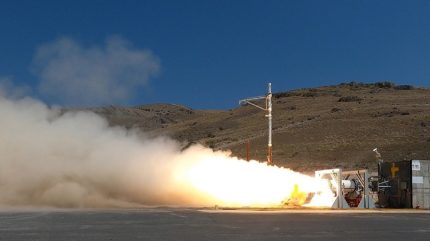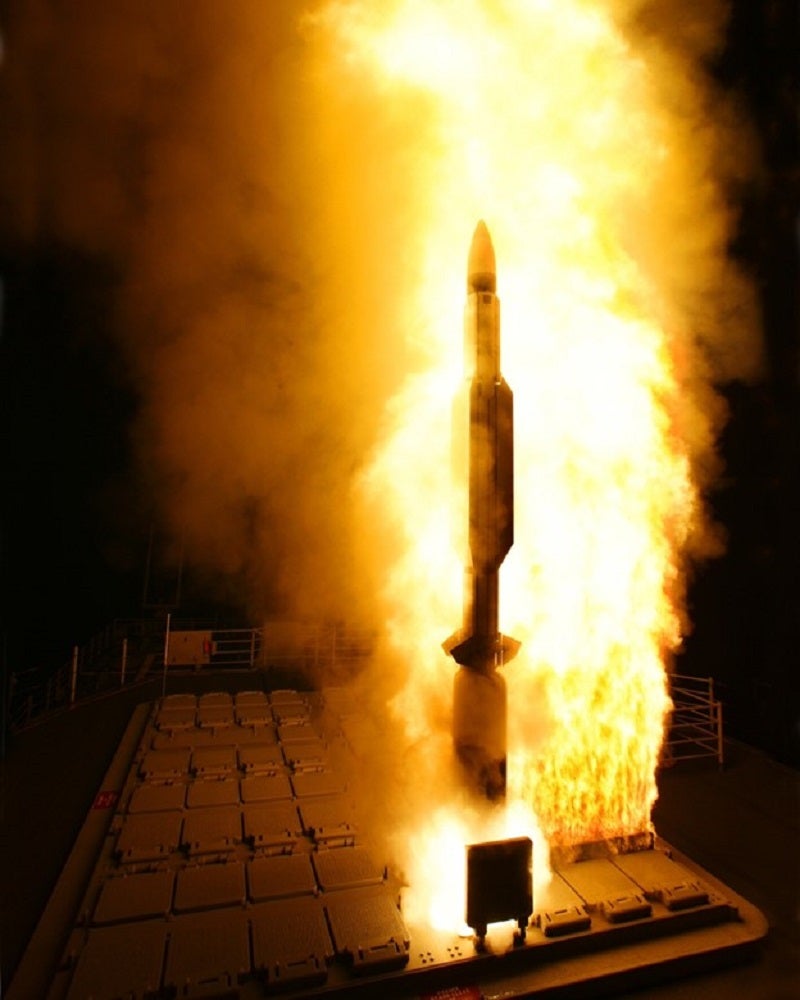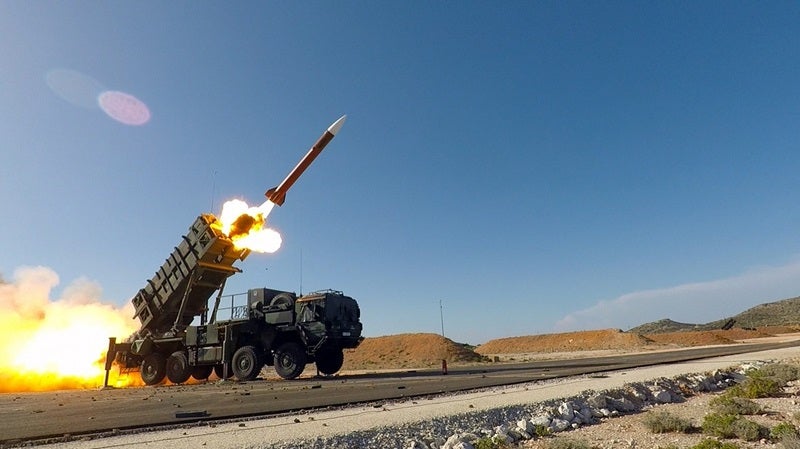
Aerojet Rocketdyne has decided to allocate funds from the US Department of Defense DoD), awarded in a security co-operation agreement in 2023, amounting to $215.6m, toward its capacity to produce solid rocket motors (SRMs) at its Camden, Arkansas facility.
SRMs are solid-based propellants used as fuel to power missiles. Specifically, they consist of a mixture of fuel, oxidiser and binder that are baked to a pencil-eraser consistency. Aerojet says that its SRMs can be used to launch rocket artillery and missiles from land, sea, air and space.
Aerojet Rocketdyne, an L3Harris company, manufactures more than 100,000 of them each year in Camden. Around 1,100 employees work at the site, covering nearly 2,000 acres with 1.35m square feet of floor space spread across 150 buildings.
The SRMs Camden produces range in size from large boosters the size of a small car, to small steering motors that can fit in the palm of your hand.
The motors propel some of the US Armed Forces’ most critical, multi-domain defence systems such as the Theatre High Altitude Area Defense (THAAD) missile, Patriot missile defence System, the shipborne Standard Missile (SM), as well as the man-portable Stinger and Javelin anti-armour systems.

Camden serves as a beehive of construction activity over the past several years as the company has upgraded existing buildings and built several new, purpose-built facilities in an effort to accelerate production of SRMs, which are so critical to the security of our nation and its allies.

US Tariffs are shifting - will you react or anticipate?
Don’t let policy changes catch you off guard. Stay proactive with real-time data and expert analysis.
By GlobalDataSRM supply chain grows across the Euroatlantic
According to GlobalData intelligence, the global missiles and missile defence systems market is valued at $45.2bn in 2023 and will grow at a compound annual growth rate of 4.2% to reach a value of $67.9bn by 2033.
Increased focus on the development and procurement of newer-generation missiles and sophisticated missile defence systems by key military powers is expected to further drive market growth over the forecast period, and SRMs are an integral segment of the global supply chain.
The Patriot system, for example, is a US-manufactured air defence system in popular demand around the world. While Aerojet provides Patriot SRMs for US-based systems, the country’s European allies must be able to maintain their systems readily given the uncertain security climate.
This places demand on SRM production in Europe too – a continent that has grown to dominate the global missile market, which GlobalData forecast to gain a 31.1% market revenue share over the next ten years in response to the ongoing Russo-Ukrainian war.
At the end of 2023, MBDA Germany’s subsidiary SRM manufacturer Bayern-Chemie returned to Raytheon’s industrial supplier base for the Patriot missile defence system.
By the time that demand for Patriot missiles diminished at the close of the Cold War, the Bavarian company had produced more than 2,300 rocket motors for PAC-2 missiles from 1987 to 1996; this makes the lifetime of its PAC-2 rocket engine nearly 40-years-old.
Now, the provider is ramping up production once again for the next-generation PAC-2 variant: the Patriot Guidance Enhanced Missile (GEM-T) interceptors.

Meanwhile, in Arkansas, Aerojet’s Camden facility opened a new 51,000 square foot production facility in 2022 that consolidated several SRM manufacturing activities under one roof and added advanced equipment, including modern tool-up bays, dedicated propellant casting and oven areas, and upgraded X-ray systems.
Employees at this facility manufacture SRMs for the Patriot Advanced Capability-3 (PAC-3) Missile Segment Enhancement (MSE), the PAC-3’s newest and most capable variant.
More recently, investments made in the PAC-3 attitude control motor (ACM) production facility at Camden yielded results.
Due to significant building upgrades that included increasing manufacturing space, improving automated production processes and purchasing new, advanced equipment, the site moved from two to three production lines, increasing ACM production by 40%, the company said.



